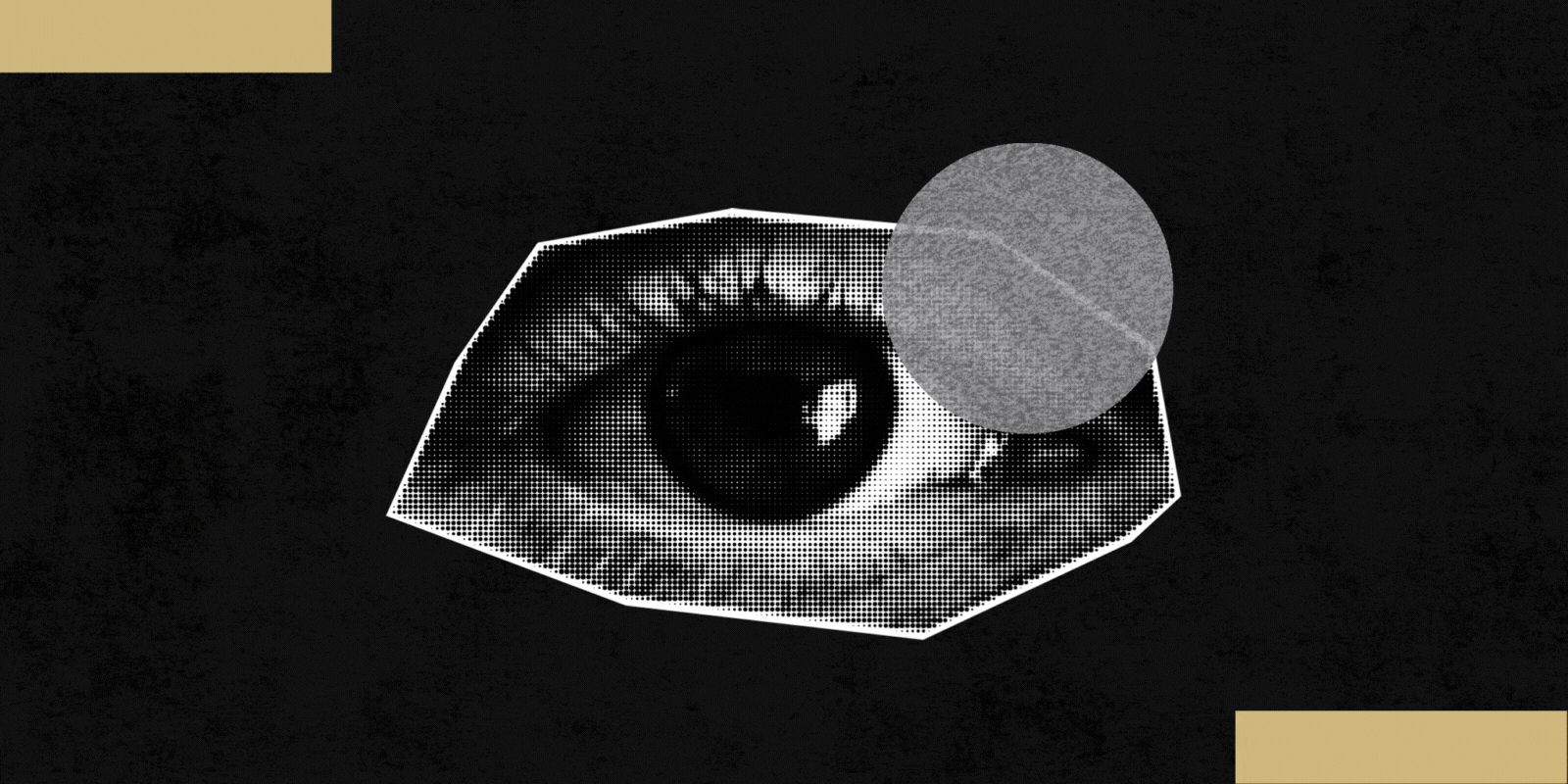Recently published research by Nathan Schoppa, PhD, a professor of physiology and biophysics in the University of Colorado School of Medicine, may point the way to new treatments for autism spectrum disorders.
Schoppa, who studies how the brain detects and discriminates among odors, conducted his latest research on an animal model of Fragile X syndrome, the most common genetic cause of autism spectrum disorders. From previous studies, he knew that olfaction is likely to be the most important sensory system in mice. Through his new study, he found that the animal models with Fragile X were more likely to have dysfunction in the olfactory system.
“We were testing their ability to discriminate two odors,” he says. “It’s called a go/no-go olfactory discrimination task, where we pair one odor with a water reward. The idea is that they learn to associate one odor with the water reward, and when they smell it, they will go and try to get their reward. Then we present another odor, and they’re tasked with telling whether they’re being exposed to that original odor or it’s a different odor. If they can’t discriminate between the two, they will seek the water reward more randomly. We found that the Fragile X mice had deficits in being able to discriminate odors.”
The experiments examining olfactory discrimination were conducted by Praveen Kuruppath, PhD, a post-doctoral fellow in Schoppa’s lab.
Parallels in sensory disruption
Schoppa sees parallels between the disruption of the primary sensory system in animal models and the tendency of people with autism to become overwhelmed by sensory stimulation.
“A common characteristic in autism is that people who have it have challenges with social interactions,” he says. “They withdraw, and a lot of that is thought to be due to sensory processing issues that cause them to become hypersensitive to the sensory stimuli that surround them. In mice, not only is olfaction likely the most important sensory system; it’s also the most important system for their own set of social interactions.”
Disrupted brain activity
In a related experiment, Schoppa and his research team also found that neurons in these models were more likely to show spontaneous responses in the absence of stimuli, suggesting that disrupted brain electrical activity may be responsible for the olfactory deficits.
“Typically, neurons under the conditions of our experiments don’t show any responsiveness until they’re presented with a stimulus,” Schoppa says. “In our study, we found that the neurons fired even in the absence of a stimulus. We went on to show that the reason for that was that there was an imbalance in the amount of excitation and inhibition within the Fragile X brain structure involved in processing olfactory information.”
Next steps
The research published in the Journal of Neuroscience in November 2023 describes the results of two sets of observations; the next step, Schoppa says, is to investigate how the two could be related.
“We can make an argument that the reduced ability to discriminate odors could be linked to the increased spontaneous brain activity,” he says. “One of the effects of that excess of spontaneous activity was that it reduced the reliability of the response of the neuron to a stimulus. We think that that has a real effect on the animal’s perception.”
Schoppa and his team also plan to investigate more rigorously whether the reduced ability of Fragile X mice to discriminate odors is due to the disruptions in inhibition in the brain that they observed.
“This can be done using animal models in which Fragile X defects are specific to neurons that provide inhibition,” he says.
Olfaction a promising model
The olfaction system is a good one to study in relation to autism, Schoppa says, because it provides insight into the things that can go wrong in the brain more generally in autism spectrum disorders.
He hopes his findings on olfaction will apply to other systems as well, and ultimately, treatments for autism and other brain dysfunctions.
“One of the things we want to do in our future studies is to figure out the neural underpinnings of the altered behavior,” he says. “We have what we think are some very interesting observations that that will stimulate future research. We hope other people will take our results and do more research to understand olfactory deficits in these types of studies.”




